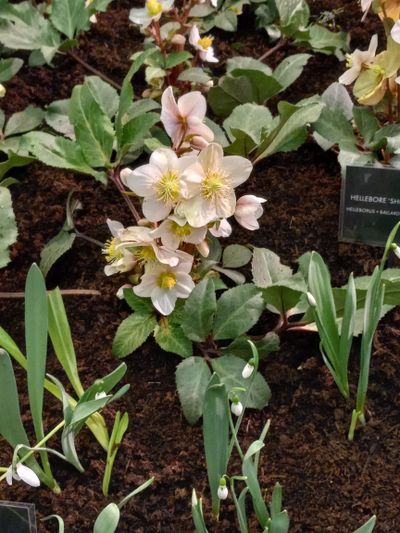Gardening: Time to start a few outdoor chores

Given the weather patterns of the past few weeks, we may get an early spring. And maybe not. Such is life in the Inland Northwest.
That means we can’t get carried away with early spring gardening projects even if the temperatures have warmed up. Here are some ideas for getting started.
Hold off doing any digging until the soil dries out. To test for that, squeeze a handful of soil together and open your fist. Poke the ball of soil. If it readily falls apart, it is dry enough to dig in. If it doesn’t, wait a couple of weeks more. Sandy soils will dry quicker than clay soils.
Fruit trees can be pruned and sprayed with dormant oil in mid-March before the buds start swelling. If you have peach trees, March is the only time to treat peach leaf curl using a fungicide containing copper. If you want to learn more about pruning, check out the Spokane Edible Tree Project’s upcoming series of sip and learn talks and a hands-on pruning workshop on March 16. Register for these events at www.spokaneedibletreeproject.org/events.
Ornamental grasses can be cut down now. Gather up the blades and tie them with twine. Then cut the bunch about 6 inches from the ground. The bundles of tied grasses are then easy to clear away from the garden. Do not cut back blue oat or fescue grasses as these are evergreen.
Forsythia and red and yellow twig dogwoods can be thinned now to encourage new growth. Forsythias bloom on wood that grew last year, and the younger branches of the dogwoods are more colorful. Remove a third of the oldest branches on the plants back to the ground to encourage new growth.
Hellebores or Lenten roses will push up flower buds soon. They are one of our earliest blooming perennials, hence the name, because they bloom during the season of Lent. Once the flowers are up, cut back old leaves to the ground. The new leaves will emerge in early April.
If you left the stalks of last year’s perennials standing in the garden, now is the time to start cutting them down. Instead of hauling them off to the compost pile, chop them into small pieces and drop them back into the flower bed. They will help form a mulch that protects the soil and help with water retention during hot weather. Yes, it may look messy, but that’s the new gardening ethic.
Roses, rhododendrons and lilacs should not be cut back until later in the spring. Tea roses should be cut back to 18 inches and the mulch removed in mid-April after all chance of hard freezes has passed. Shrub roses should be simply shaped to keep them in bounds of their space. Lilacs and rhododendrons should be pruned as the flowers fade and the new buds are emerging. Cutting them too early will remove this year’s blooms. Both bloom on wood that grew the previous year.